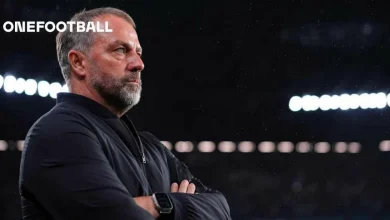Frankenstein Movies Ranked in Order of Faithfulness to the Mary Shelley Book

9. Frankenstein (1931)
As iconic as its imagery is, from the incredible laboratory set to the hunchbacked assistant (Dwight Frye) to “It’s alive!” to, of course, Boris Karloff’s indelible Monster, it’s surprising how loose an adaptation James Whale’s cinematic milestone actually is. Very little of the story from the book, save for the basic premise, survives in this version, which also forces a happy ending on the proceedings even though just 20 minutes earlier, a little girl gets drowned onscreen.
Join our mailing list
Colin Clive’s Dr. Frankenstein (renamed Henry here allegedly due to anti-German sentiments after World War I in the U.S.) is far too old to be fresh out of medical school, although Clive does capture the arrogance and narcissism of the character in the book. The biggest departure is the creature itself: the philosophical, evolving being of the book is replaced by Karloff’s shambling, mute monstrosity, and any musings about whether he has a soul are simply replaced by the conceit that he’s got the wrong brain in his head. Nevertheless, Karloff wrings real pathos and menace out of his performance, which remains one for the ages.
8. Frankenstein: The True Story (1973)
The irony of this lavish, often thrilling two-part TV movie’s title is that it’s pretty far from being the “true story,” but it’s interesting and absorbing in its own right. Leonard Whiting stars as Victor, paired with the dissolute, misanthropic Dr. Henry Clerval (an excellent David McCallum) as they pursue the latter’s ideas about reanimating dead tissue. The Monster, when it arrives, comes in the form of beautiful Michael Sarrazin, who immediately starts decomposing into a hideous, vengeful golem as Victor cruelly abandons him.
James Mason steals the show as the malevolent, kinky Dr. Polidori, named after one of Mary Shelley’s actual compatriots but here a spin on Dr. Pretorius from The Bride of Frankenstein. Speaking of which, a female creature (named Prima) shows up too, played by a gorgeous, feral Jane Seymour and gorily dispatched (especially for 1973) by Sarrazin when she rejects his advances. Even with Clerval’s brain in his head, the latter only manages to speak a few words, but his sensitive performance, Whiting’s headstrong obsessiveness, and loads of atmosphere capture a worthy amount of Shelley’s essence.
7. Frankenstein (1910)
The very first screen adaptation of Shelley’s novel, produced by Thomas Edison and running a grand total of around 13 minutes, is actually fairly faithful for its first two-thirds or so. Frankenstein (Augustus Phillips) goes away to medical school and becomes fixated on the idea of creating a human being. Much like in the book, he produces his Creature in a cauldron through the use of chemicals and a dash of mysticism, and the subsequent monster (Charles Ogle) was, for many years, perhaps the closest screen version to Shelley’s own description of the creature.
Horrified, Frankenstein abandons the creature and returns home to his father and fiancée, but the creature follows him, not to kill anyone or enact vengeance, but simply to be near his creator. In a weirdly metaphysical climax, the Monster fades into non-existence as the love of Elizabeth and his father prove stronger for Frankenstein. Odd ending aside, Frankenstein remains a landmark for capturing some of the essence of Shelley’s tale and the first one out of the gate.





